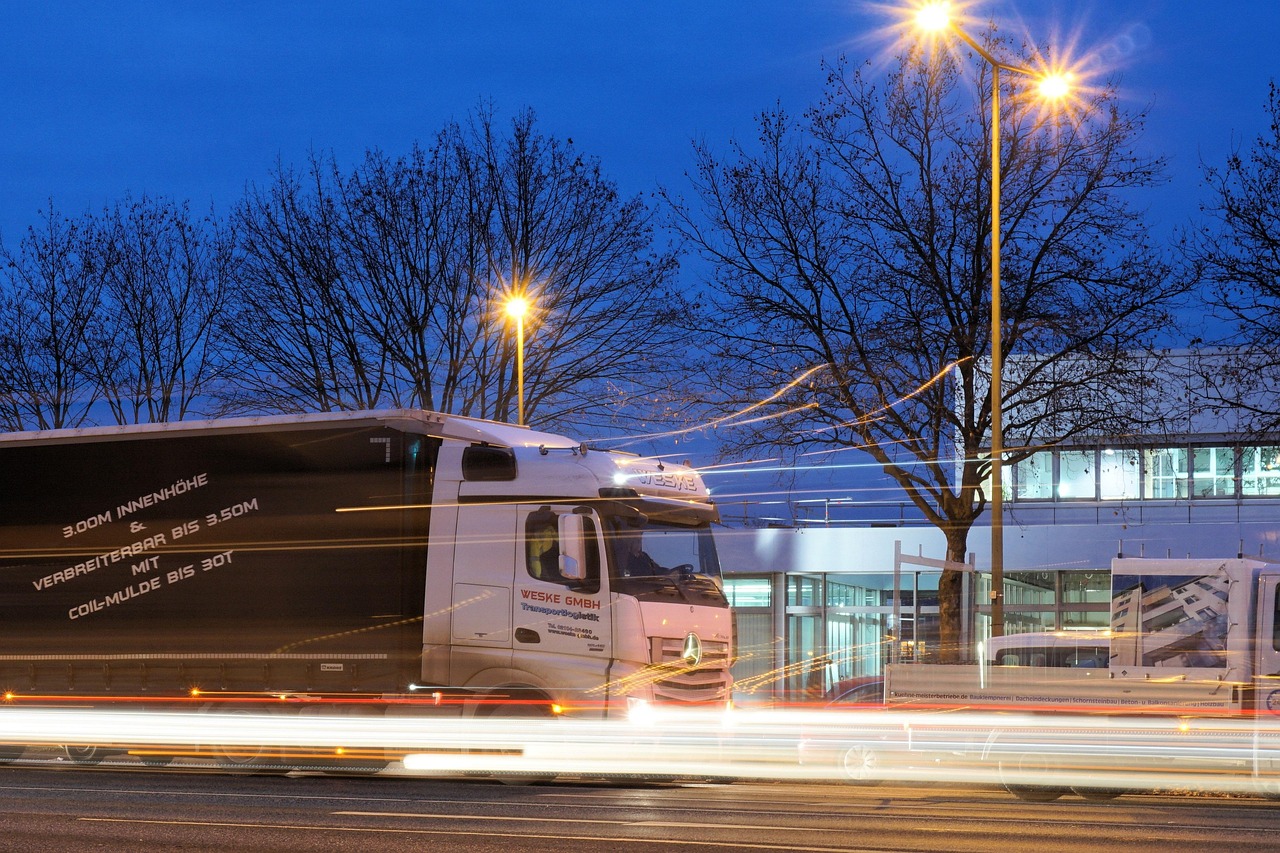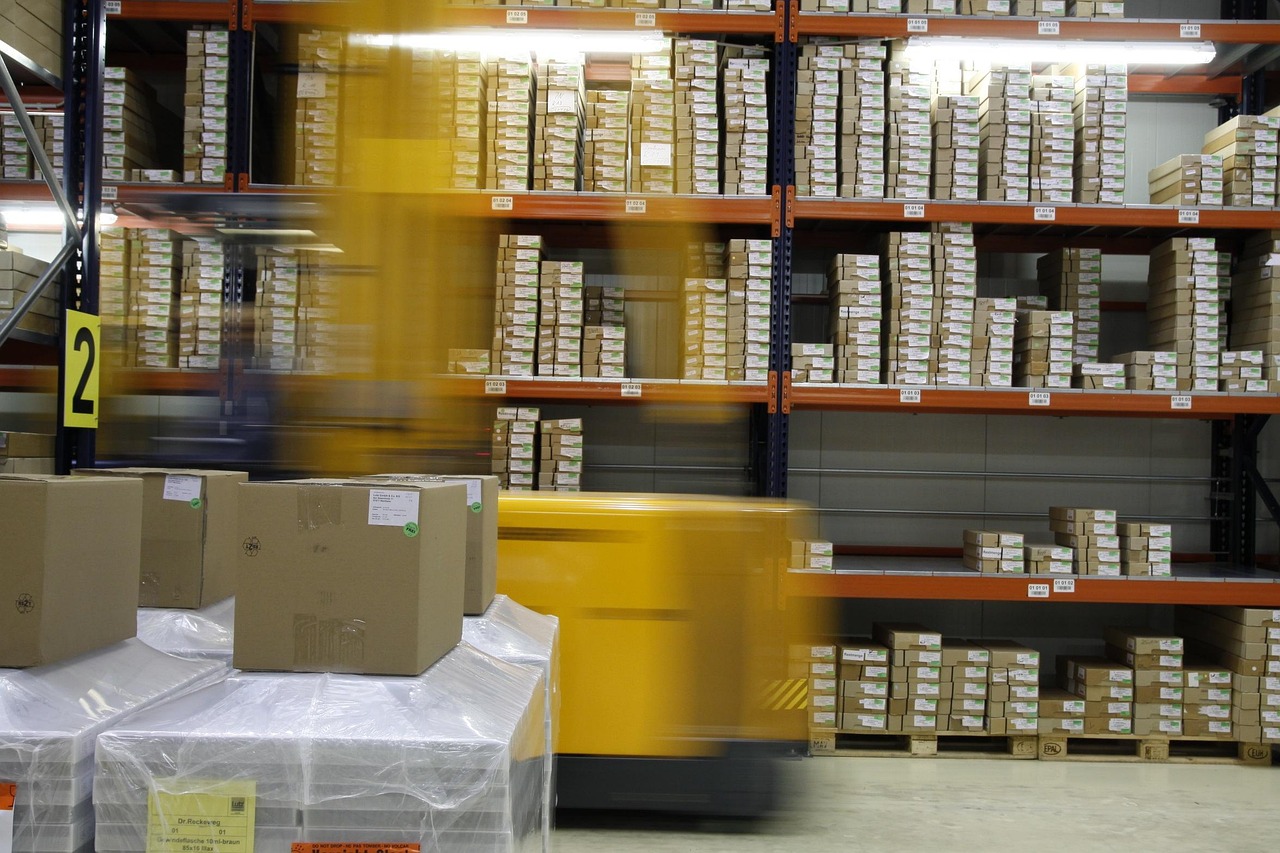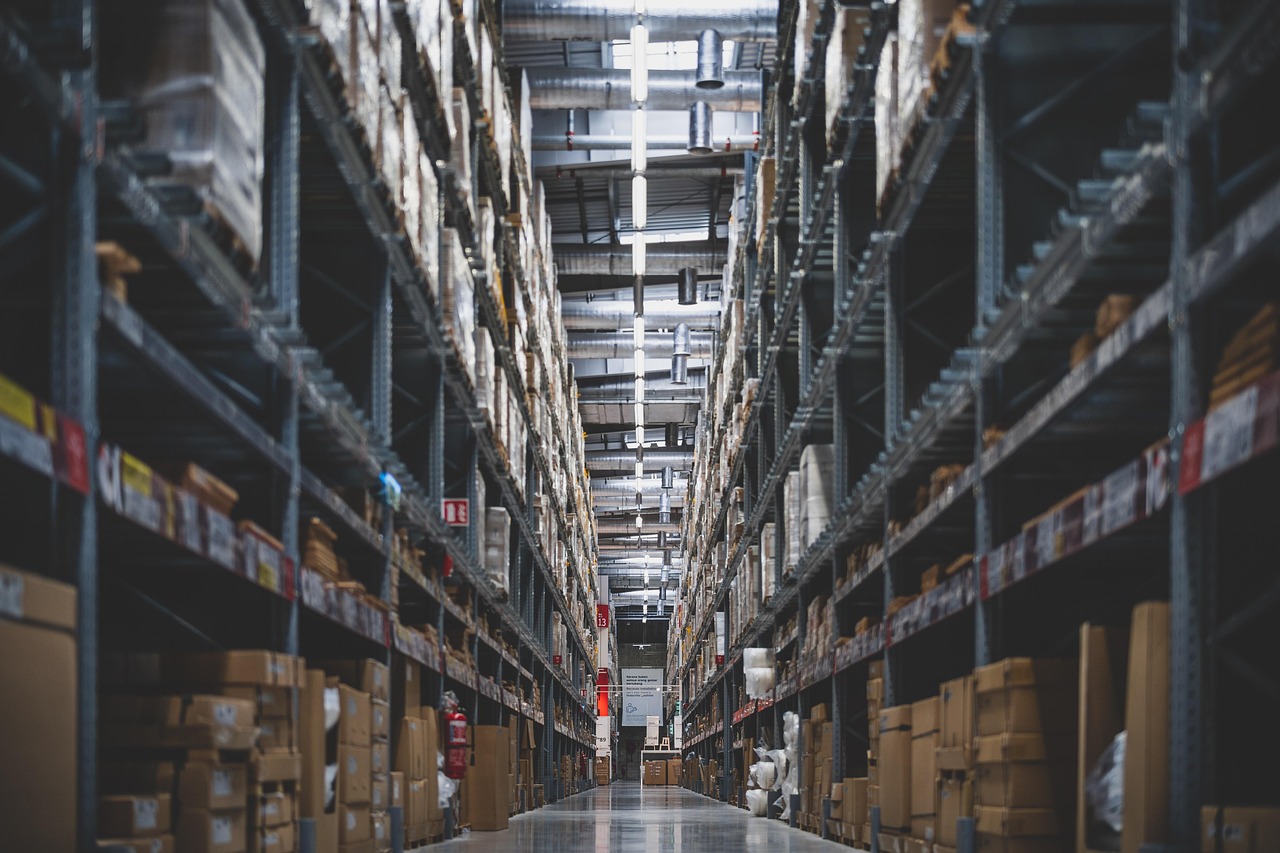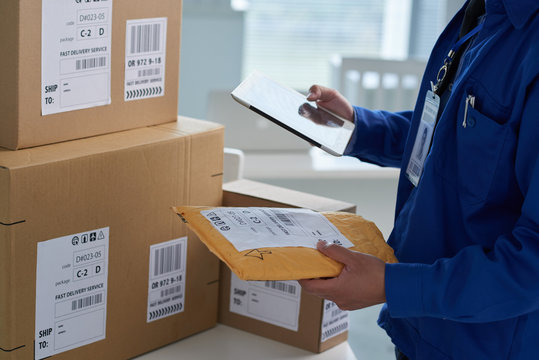In this blog, you will learn how to evaluate the current fulfillment strategy of your eCommerce and how to solve the problems faced by your logistics flow.
No logistics leader wants to admit that their fulfillment strategy has worn out, but when delivery delays become more and more recurring, inventory accumulates instead of rotating, and costs are growing steadily, it's important to take action.
Just because something has worked to keep up with the pace of your operations doesn't mean you should remain static: the ideal is to adjust to the changes that e-commerce is going through.
If you think that your business is going through any of the situations mentioned above or that several aspects of your logistics are no longer giving the results you expect, then our blog is for you.
Indicators that your fulfillment no longer responds to the reality of eCommerce
Increase in failed deliveries, incorrect orders and/or delays: When anomalies cease to be exceptional and begin to occupy daily reports, they reveal a mismatch in logistics processes.
Poor or limited operational visibility: If it is necessary to use multiple platforms to answer inquiries about inventories, shipping locations or order preparation times, it means that the systems implemented no longer meet the required expectations.
Continuous and uncontrolled increase in operating costs: Both the excessive storage of products that do not move and the constant returns due to internal errors in picking, packing or transport generate expenses that can affect business profitability.
Difficulty scaling up the operation during peak demand: Are there bottlenecks, internal stress and a loss of service quality in every period of high sales? In short, the fulfillment strategy for your eCommerce faces tangible challenges.

What is the impact of a poor logistics strategy on customer satisfaction?
Disappointed users who don't trust your brand and doubt whether it's a good idea to continue consuming your products in the face of the possibility of ending up frustrated again, especially if their previous experiences with your online store haven't been favorable.
For people, wait times are a determining factor when evaluating whether to buy again. If the promised deadline was not met or extended, your perception of the brand will be compromised.
A late order, for example, can wear down the business relationship due to the time spent by both parties communicating. Unexpectedly, studies such as that of the consulting firm Capgemini, indicate that 71% of buyers would be willing to pay more for faster delivery.
Things are no different when they receive items that they didn't order or fewer pieces than they expected, nor when they don't get any information about the state of what they bought, or the returns system is too tedious.
Today, consumers are used to agile services; therefore, it is rare for them to grant second chances after negative chain experiences. It's vital that you keep this in mind to reinforce the trust and satisfaction of those who buy what you sell.
What's the first step to improving your fulfillment?
It is a priority to invest in technology that allows you to have control over each stage of your operation and improve visibility. Traceability, in this context, is not just about tracking shipments: it involves knowing what happens from the moment an order is created until the product reaches the customer, and understanding how each order flows within logistics.
Platforms focused on warehouse management (WMS) and fulfillment software will help you:
- Monitor inventories so that you don't struggle with overselling or unexpected lack of stock on a recurring basis
- Optimize resource allocation, and obtain reliable data for decision-making
- Anticipate critical situations such as high demand.
In addition, complementary technologies such as RFID, bar codes or IoT-based digital tools will raise the level of accuracy; while automation in the capture and analysis of information will free staff from repetitive manual tasks. As if that weren't enough, consumers will have access to updates on the status of their order.
You might be interested in: Order Fulfillment: Does Your eCommerce Strategy Work?

Which fulfillment processes should you automate and why?
In general, process automation is thought to mean eliminating human intervention; however, the main objective is to speed up tasks that consume excessive time, pose the risk of errors and limit the productive capacity of the logistics team.
In stock management, for example, automation makes manual counting unnecessary; in the area of picking and packing, it is responsible for minimizing both the time spent per order and internal oversights.
The returns process also benefits, since their registration, classification and processing is carried out very quickly so that the customer does not encounter obstacles in the resolution and, on the business side, the products returned to the inventory are returned to the inventory without major setbacks.
When it comes to communicating with users and updating order status, automation plays an important role, since it provides notifications about the progress of the order so that people are kept informed and that they do not clutter up the volume of inquiries to the customer service staff.
Finally, it is worth noting that automating logistics reports that integrate large volumes of data in a short time is a gateway to insights on efficiency, bottlenecks, costs and demand trends that will serve to strengthen the operation of your business.
Can a logistics flow analysis change your operation?
Yes, an in-depth review will allow you to detect inefficiencies and establish an intervention plan. To do this, it is useful to use technology that is responsible for collecting data on internal movements, transit times within the warehouse, the performance of external suppliers and other critical points that often remain hidden.
Other direct benefits include:
- Identify where resources are lost or unnecessary expenses are generated
- Facilitates more informed planning
- Avoid the accumulation of inventories or the underutilization of operational capacity
- Precise allocation of personnel and resources to maximize your productivity
- Improved quality of service
- It provides a solid foundation for developing scalability strategies
Collaboration with 3PL operators
Outsourcing logistics tasks is an opportunity to build a relationship aimed at joint and sustainable growth; however, the success of this strategy depends on the e-commerce operator's experience, its technological capacity to integrate with its own systems and its flexibility to adapt to changes in demand or operation.
The advantages of collaborating with a fulfillment partner they look like this:
Immediate access to specialized infrastructure and resources: A 3PL provider, with an already consolidated logistics network, can offer solutions that accelerate delivery times, improve accuracy in inventory management and reduce operating and transportation costs so that any online store focuses its internal efforts on strategic activities.

Technological integration: It is essential to check that the external operator's systems are compatible with the internal ones, since this way it will be possible to monitor the joint operation in real time and that there is total control and absolute transparency over each order and movement of inventories.
Operational flexibility: Having a logistics partner is vital to respond to high and rapid fluctuations in demand, as it contributes to the optimization of internal processes to ensure service continuity and maintain service quality.
Do you want to scale your fulfillment?
Get it with Cubbo. Why are we the perfect option for the fulfillment of your eCommerce? :
We have technology and provide real-time visibility
Thanks to Cubbo, it's possible to monitor every stage from inventory receipt, to final delivery, so that your buyers always know what's going on with their orders.
We provide multi-channel integration and operational flexibility
Integration with platforms such as Shopify, Mercado Libre and Amazon is a gateway for businesses to centralize their logistics operation regardless of the sales channel and simplify their order management, ensuring that the customer experience is consistent at all points of contact.
We boost your delivery times
Each Cubbo fulfillment center is located at strategic points to reduce delivery times. In Mexico City, for example, we have same-day deliveries, and nationwide, they take an average of 1.3 days.
Comprehensive return management
With Cubbo, none of your customers will suffer from the returns process, since they can request changes from the e-commerce website. In addition, returned products are processed the same day they arrive at the warehouse to expedite their reintegration into the inventory.
Easy scalability
As your store grows, your logistics needs will become more complex, but by working hand in hand with fulfillment providers like Cubbo, you won't have to worry about investing in additional infrastructure or staff.
Don't keep risking your sales, your buyers' orders are everything: according to Zendesk's CX Trends 2023 report, 50% wouldn't hesitate to go with the competition because of a bad experience.
Plan the restructuring of your fulfillment with us and transform operational problems into advantages that boost the competitiveness of your eCommerce. Contact us to schedule a consultation!








